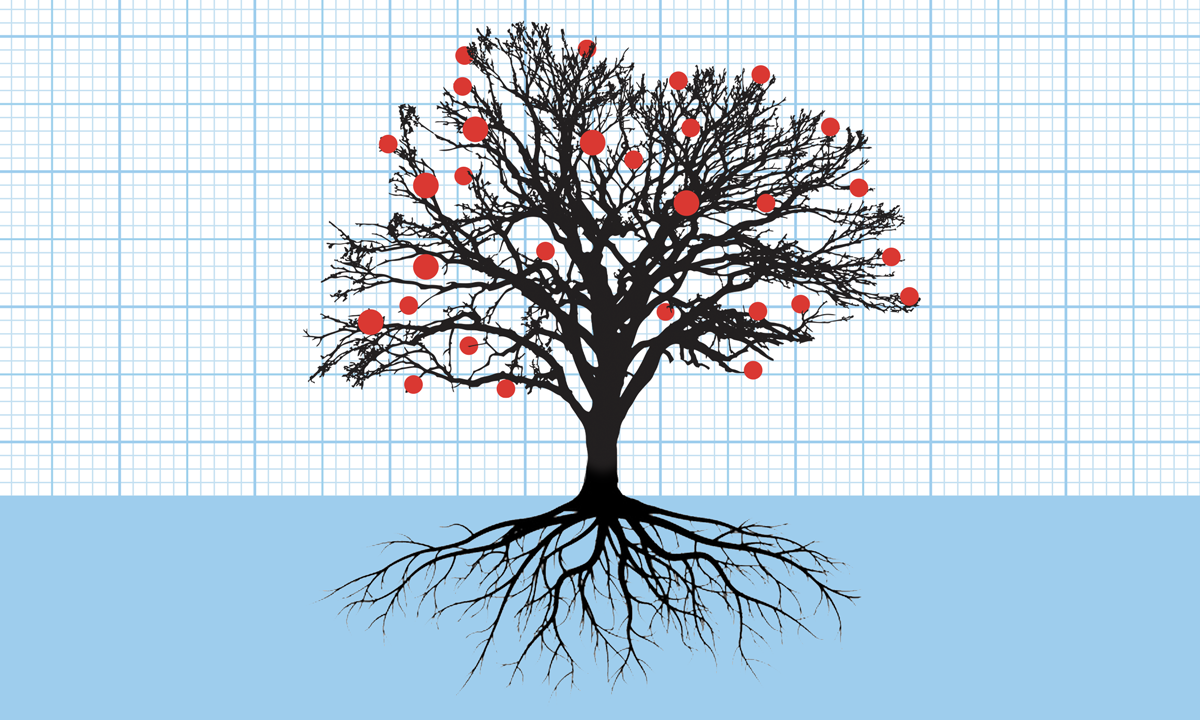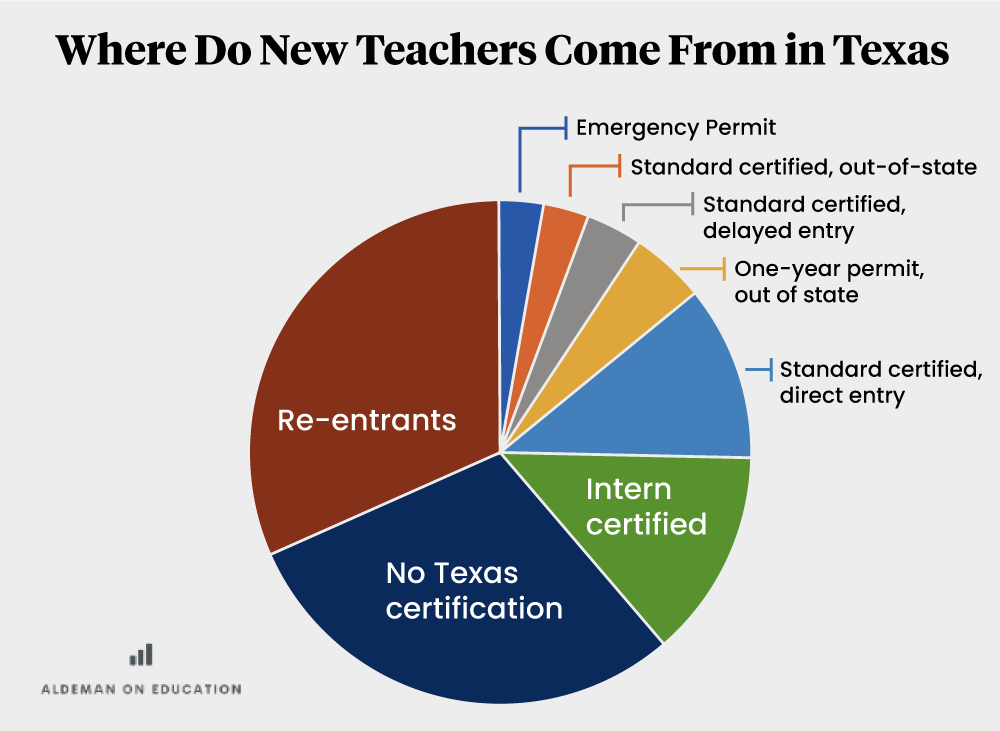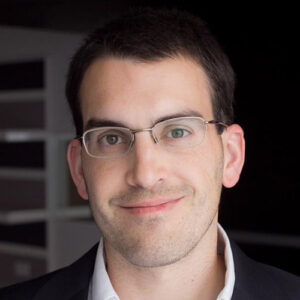Where Do New Teachers Come From? It’s Complicated. Policymakers Need to Know It
Aldeman: Educators vary widely in age, training — even whether they really are 'new.' Incentives to get them into the classroom must vary as well.

Get stories like these delivered straight to your inbox. Sign up for The 74 Newsletter
If I asked you to picture a new teacher, you might imagine someone just out of college who recently finished student-teaching and now, at age 22 or 23, is starting a full-time job in a district nearby.
That is one common path, but it’s far from the only one. In fact, teachers follow a wide variety of routes into the classroom. Understanding that complexity is important for state and district policymakers looking to solve their hiring challenges.
Let’s walk through some data, starting with the age of new teachers. According to the 2020-21 National Teacher and Principal Survey, 45% of first-year educators were under 25. These fit the stereotype, but 18% of beginning teachers were in their 30s, 11% in their 40s and 4% were just starting out in their 50s.
Teachers also come through a wide variety of training programs. According to the same national data, 30% of new teachers follow non-traditional paths. But these vary widely across the country, from 0 in some states to up to 56% in Florida and 59% in Texas.
Furthermore, the distinction between “traditional” and “alternative” teacher preparation is murky. In traditional programs, a candidate completes a program of study, including student-teaching experience, before becoming a full-time teacher, whereas alternative programs allow people to serve as teachers while they complete classes on nights and weekends. However, some colleges and universities run both types of programs. And, as a big Mathematica evaluation found, a traditional program in one state might require the same number of credit hours as an alternative program in another state.
Some examples might help drive home the point. When people imagine a traditional teacher preparation program, they might think of former “normal” schools — public universities like Illinois State. As of the latest data, it ranked No. 7 nationally in terms of the number of graduates from teacher preparation programs. But right above Illinois State was the “alternative” nonprofit Relay School of Education’s New York program, and right below that was a “traditional” program at the for-profit University of Phoenix.
The two biggest preparation programs in the country were A+ Texas Teachers, a for-profit “alternative” program the state is now trying to shut down, and Grand Canyon University, a “traditional” for-profit, mostly online program.
A vision of the stereotypical teacher pathway may also distort perceptions of the labor market and potential solutions when shortages pop up. Historically, as a country, we’ve produced more teachers than there were available jobs. If they’re dedicated to education, those would-be teachers might work as substitutes or teaching assistants as they seek full-time positions.
Another source of new teachers comes from reentrants — people who once taught, left and look to return to the classroom. Depending on the year, about one-sixth to one-third of teachers hired nationally are reentrants.
Consider the case of Texas. The state is atypical in a lot of ways, but the Texas Education Agency has an excellent dashboard comparing new teacher certifications versus new hires and detailing the paths those new educators took.
I created the pie graph below to help visualize the data that shows where Texas districts are finding their new teachers. The traditional pathway, where someone completes a teaching degree at a college or university and then immediately becomes a teacher, was actually the fourth most common source path for new hires in Texas last year. Slightly more came through through alternative certification programs, which the state calls interns.
Another large category were teachers hired without any state certification at all. In recent years, Texas has granted an increasing number of schools and districts the flexibility to fill an increasing number of teaching roles without going through any Texas state certification process.
But the biggest group of new teacher hires was people who had previously taught in Texas schools and are returning to the classroom. Almost one-third of all new hires came from these reentrants.

These trends vary across the state. Large urban areas and rural areas hired a lot of interns — alternatively certified teachers — but the cities especially found a lot of re-entrants. Charter school networks like Uplift, IDEA Public Schools and KIPP found most of their hires outside of state certification requirements.
What about teacher quality?
It’s true that educators who come through emergency licensure programs tend to be less effective overall than those who are fully certified. But it’s also true that earning a certification is no guarantee that a teacher will be effective in the classroom. For example, the Mathematica study cited above, and others, have found that teachers who go through traditional preparation programs perform no better than those who come through alternative routes.
In one recent example, recent research out of New Jersey found that pandemic-era exceptions that allowed people to become teachers outside the state’s normal certification requirements attracted more racially diverse candidates who were no less effective than those who followed the traditional path. And in the supposedly “Wild West” of Texas, researchers could find essentially no meaningful differences among the different preparation programs in terms of boosting student outcomes.
In other words, these are policy choices that carry trade-offs.
The teacher labor market is constantly in flux. Right now, it’s tighter than ever before, but it has not and never will be in perfect balance. Teacher preparation completion numbers are still well below where they were 10 to 15 years ago, though they show signs of rebounding. The challenge for states and districts is to work within those constraints to find and entice the best people to work in their schools.
Get stories like these delivered straight to your inbox. Sign up for The 74 Newsletter


